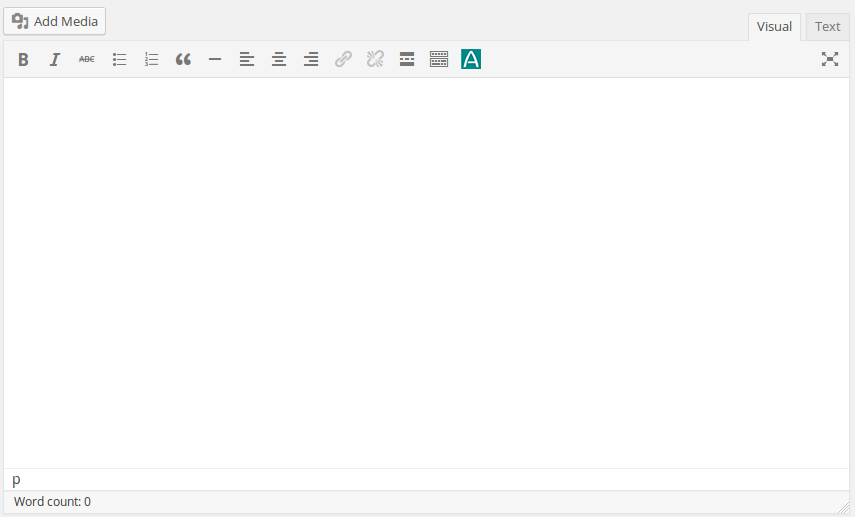
Allow user to add animation on WordPress widgets. Providing a button in the editor to easily add an animation block in the article or post. Providing feature to control the duration for a more precise animation. Providing delay feature in animation to create a nice animation sequence. Capability to apply animation on Hover. Capability to apply animation on Click. Capability to add different scroll offset on individual animation blocks. Capability to apply animation on Scroll. 50+ Entry, Exit and Attention Seeker Animations. Allowing user to apply CSS3 animations on Post, Widget and Pages. This became WebGL, which gained traction among browser vendors, and was standardized around 2009–2010.Add cool CSS3 animations to your content. The below example shows a simple 2D canvas-based bouncing balls animation that we originally met in our Introducing JavaScript objects module:Īround 2006–2007, Mozilla started work on an experimental 3D canvas implementation. As you'll see below, canvas provides some useful tools for creating 2D animations, games, data visualizations, and other types of applications, especially when combined with some of the other APIs the web platform provides, but can be difficult or impossible to make accessible The situation started to improve when browsers began to support the element and associated Canvas API in 2004. The Web still had no way to effectively create animations, games, 3D scenes, and other requirements commonly handled by lower level languages such as C++ or Java. While you could use CSS and JavaScript to animate (and otherwise manipulate) SVG vector images - as they are represented by markup - there was still no way to do the same for bitmap images, and the tools available were rather limited. Solve common problems in your JavaScript codeĪs we talked about in our HTML Multimedia and embedding module, the Web was originally just text, which was very boring, so images were introduced - first via the element and later via CSS properties such as background-image, and SVG. Express Tutorial Part 7: Deploying to production. Express Tutorial Part 6: Working with forms. Express Tutorial Part 5: Displaying library data. Express Tutorial Part 4: Routes and controllers. Express Tutorial Part 3: Using a Database (with Mongoose). Express Tutorial Part 2: Creating a skeleton website. Express Tutorial: The Local Library website. Setting up a Node development environment. Express web framework (Node.js/JavaScript). Express Web Framework (node.js/JavaScript). Django Tutorial Part 11: Deploying Django to production. Django Tutorial Part 10: Testing a Django web application. Django Tutorial Part 9: Working with forms. Django Tutorial Part 8: User authentication and permissions. Django Tutorial Part 7: Sessions framework. Django Tutorial Part 6: Generic list and detail views. Django Tutorial Part 5: Creating our home page. Django Tutorial Part 4: Django admin site. Django Tutorial Part 2: Creating a skeleton website. Django Tutorial: The Local Library website. Setting up a Django development environment. Server-side website programming first steps. Setting up your own test automation environment. Building Angular applications and further resources. Advanced Svelte: Reactivity, lifecycle, accessibility. Dynamic behavior in Svelte: working with variables and props. Vue conditional rendering: editing existing todos. 
Adding a new todo form: Vue events, methods, and models.Ember Interactivity: Footer functionality, conditional rendering.Ember interactivity: Events, classes and state.Ember app structure and componentization.React interactivity: Editing, filtering, conditional rendering.Understanding client-side web development tools.MathML - Writing mathematics with MathML.Performance - Making websites fast and responsive.Assessment: Accessibility troubleshooting.CSS and JavaScript accessibility best practices.Accessibility - Make the web usable by everyone.CSS property compatibility table for form controls.Adding features to our bouncing balls demo.

Animate it shortcodes code#
Making decisions in your code - conditionals.Basic math in JavaScript - numbers and operators.Storing the information you need - Variables.What went wrong? Troubleshooting JavaScript.JavaScript - Dynamic client-side scripting.Typesetting a community school homepage.HTML table advanced features and accessibility.From object to iframe - other embedding technologies.






 0 kommentar(er)
0 kommentar(er)
